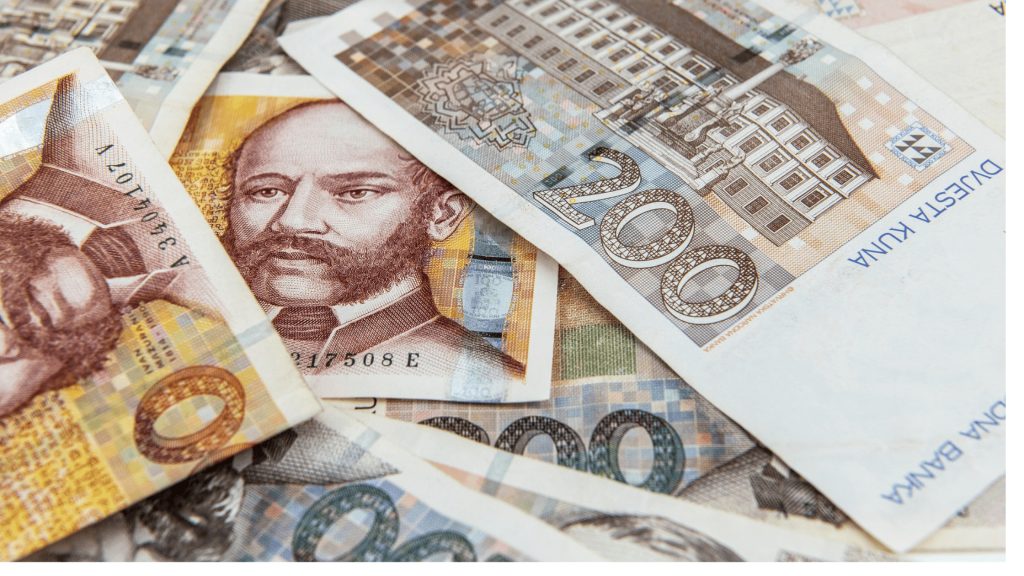That is the highest inflation rate since the summer of 2008.
Compared to February 2022, consumer prices were 2.1% higher on average.
In Q1 2022, consumer prices were on average 6.4% higher than in Q1 2021.
Food prices, which also include prices of non-alcoholic beverages and which account for one quarter of the market basket, have increased by 10.3% year-on-year, contributing the most to the annual index growth rate (+2.8%).
As expected, transport prices grew the most, by 14.4%, primarily due to fuel prices, contributing 2.12 percentage points to the index growth rate, while prices of accommodation, water, electricity, gas and other fuels increased by 3.8%, contributing 0.64 pp.
Compared to February, prices of clothing and footwear grew the most (+12.2%), followed by transport prices (+5.3%), and restaurant and hotel prices (+1.8%).
The inflationary pressure caused by energy and food price growth has grown stronger due to current geopolitical conflicts and the uncertainty regarding their duration and outcome, and even though the government has taken certain steps to alleviate the impact of rising energy prices on consumers, a direct spillover effect of rising energy and food prices on global markets is inevitable, analysts at Raiffeisen Bank said in their comment on the DZS report.
For more, check out our business section.








